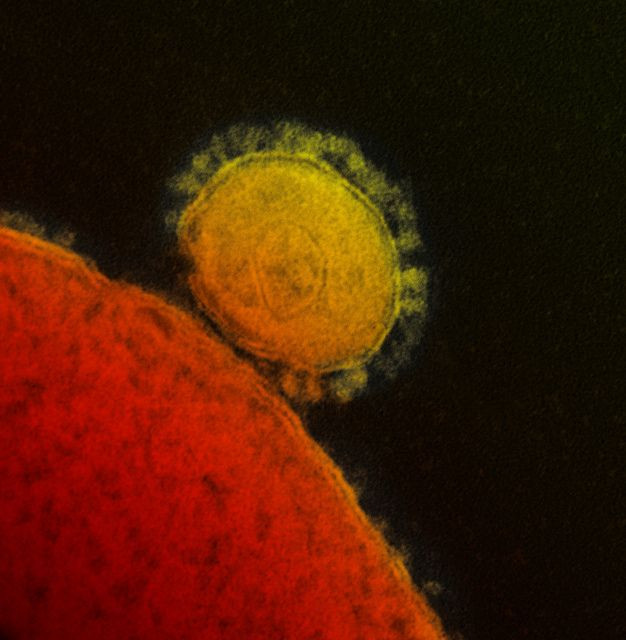Why MERS Isn’t SARS: Study Highlights Key Differences Between The Two Virus Outbreaks

While the new Middle East respiratory syndrome (MERS) virus is related to severe acute respiratory syndrome (SARS), this current outbreak is barely a shadow of the one that rocked the world from late 2002 to spring 2004. Published today in the journal Lancet Infectious Diseases, the clinical details of a man who died in Munich after contracting MERS could help explain why.
It's been one year since the MERS coronavirus was discovered, and as of June 14, there have been 61 confirmed cases and 34 deaths across 8 countries. By comparison, SARS spread to nearly 25 countries within 6-7 months, killing about 770 of the 8,000 individuals who caught the bug.
Despite a worldwide effort to solve the outbreak, many questions remain. For instance it is unclear if the new disease, like SARS, features super-spreaders — people who can carry and transmit the disease without demonstrating symptoms. The World Health Organization recently urged scientists to become more forthright with sharing data in order to solve the disease.
"In the absence of qualitative laboratory data from well-documented MERS cases, most of these considerations were up to now made upon an assumed analogy to SARS," commented lead author Dr. Christian Drosten, a virologist at the University of Bonn Medical Centre in Germany. "However, we're now finding that certain elementary traits of the MERS virus appear to be different to SARS."
Genetic analysis by the group estimates that MERS originated in mid-2011, which suggests the germ may have gone unnoticed in humans for up to a year before it was first detected.
Unlike SARS, however, the MERS virus doesn't easily spread from person-to-person, and as Drosten and colleagues point out in this new study, the virus appears to attack the body in completely different way.
Drosten's team detected low but significant levels of the virus in a patient's urine, but no virus was found in the main bloodstream. Together, these findings suggest MERS can infect and replicate in kidney cells.
Although kidney failure has been reported in two other MERS cases from France, the authors were hesistant to conclude that renal disease was caused only by the virus in this case. The 73-year-old man from Abu Dhabi had been recently given cancer chemotherapy, which could have contributed to his kidney injury.
The authors recommend that post-mortem exams are "urgently needed" to determine if the kidneys are the primary site of MERS infection.
Similar to SARS, the new MERS virus strikes the lungs, but the researchers found it was easier to detect the virus in samples from the lower lungs rather than from nasal and mouth swabs. Suction catheters, a vacuum tube used to clear lower airways choked with phlegm, are often used during MERS-related respiratory disease. The researchers found that phlegm samples from these catheters are packed with virus and offer a straightforward way to monitor the illness.
Stool samples were also positive for MERS virus and could be another route for tracking the virus.
"Laboratory data like these are critical to reach recommendations for diagnostics, to make projections about the prognosis of the patient, as well as to estimate infection risks", said Drosten.
Source: Drosten C, Seilmaier M, Corman VM, Hartmann W et al. Clinical features and virological analysis of a case of Middle East respiratory syndrome coronavirus infection. Lancet Infectious Diseases. 2013.
Published by Medicaldaily.com



























